Growing an avocado tree at home can be a rewarding experience, especially when it matures into a lush, fruit-bearing beauty. However, the journey from a tiny sprout to a healthy young tree requires attentive care and the right environment. Whether you’ve propagated your tree from a pit or bought a nursery seedling, understanding the specific needs of a young avocado tree is crucial for long-term success.
In this guide, we’ll walk you through everything you need to know to properly care for your young avocado tree—from planting and watering to pest protection and pruning techniques.
1. Choosing the Right Location
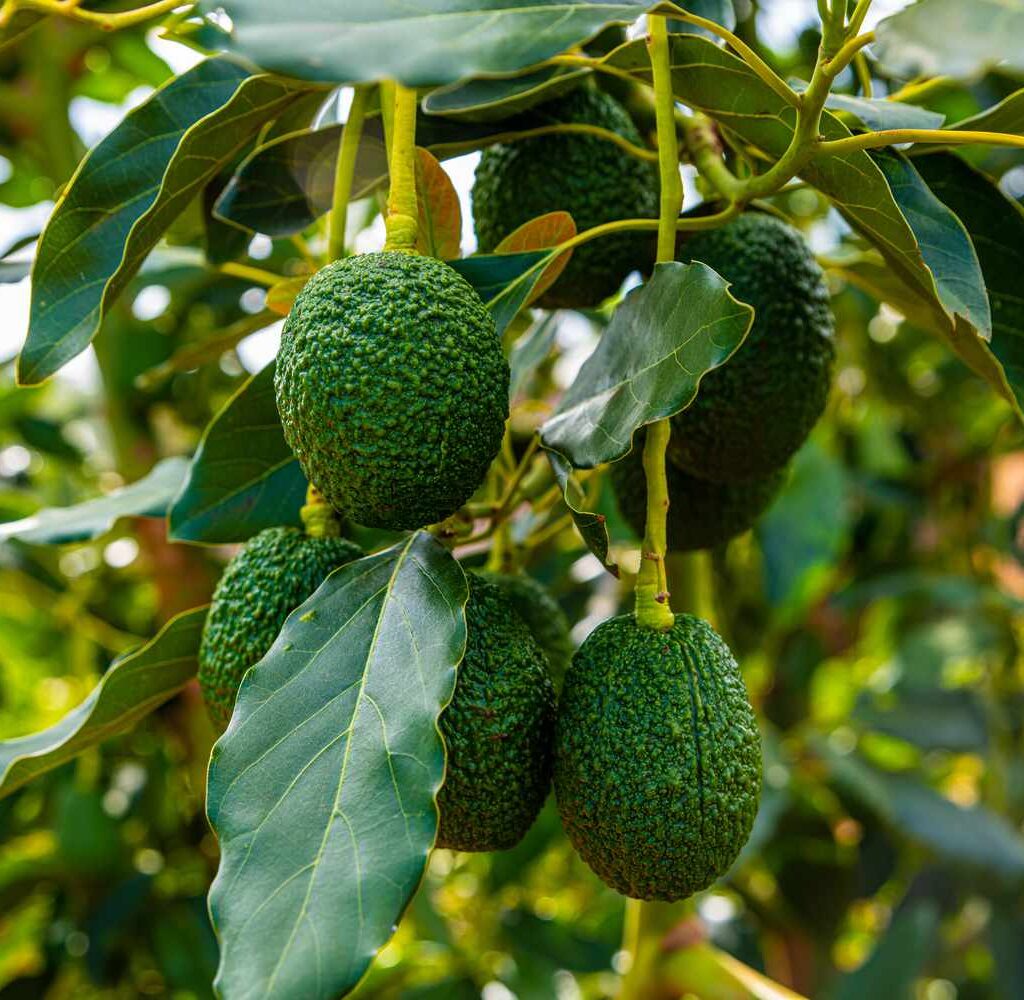
A young avocado tree thrives in a location that receives plenty of sunlight, ideally 6 to 8 hours of direct sun per day. These trees prefer a warm, semi-tropical to tropical climate. When choosing a planting site or pot placement:
- Outdoors: Select a spot sheltered from strong winds but fully exposed to sunlight.
- Indoors: Place near a south-facing window or under a grow light if sunlight is limited.
Avoid areas where water tends to collect, as avocados are susceptible to root rot if overwatered or planted in soggy soil.
2. Soil Requirements
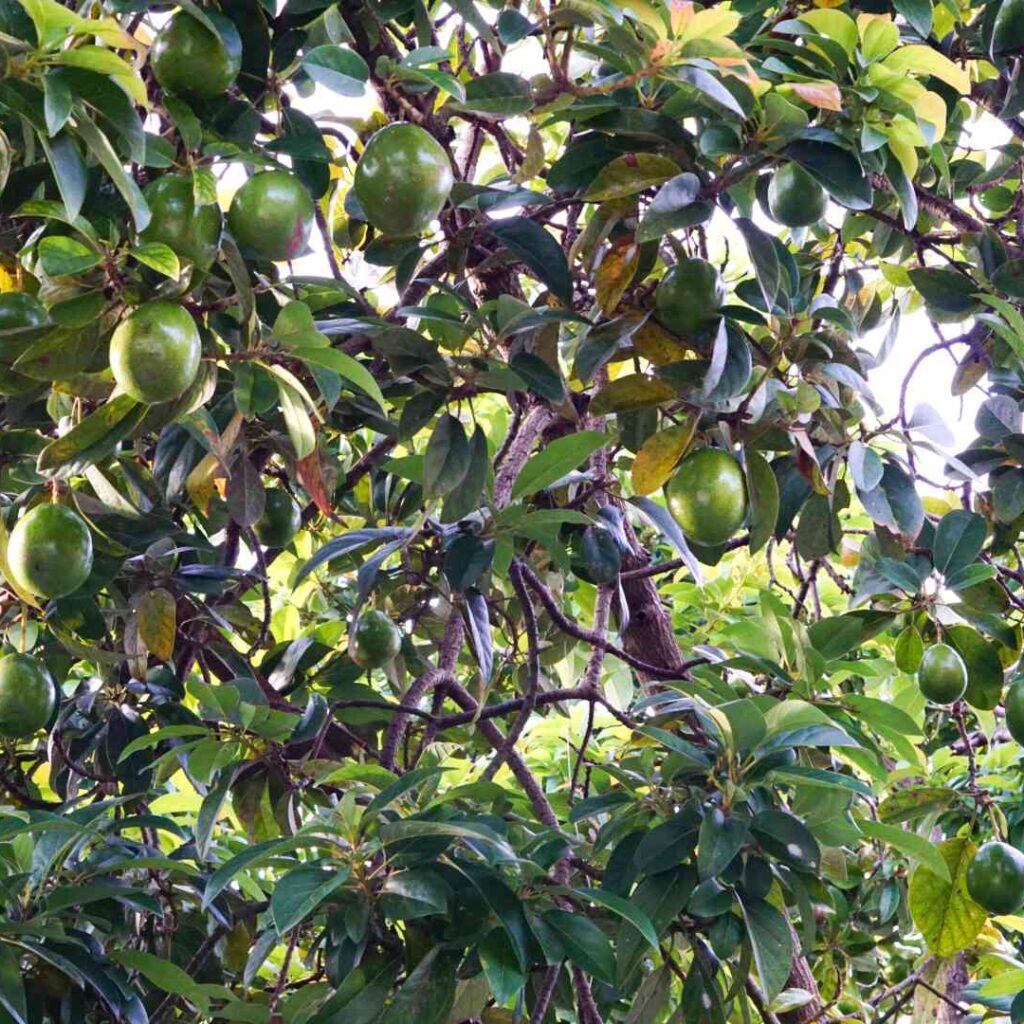
Avocado trees do best in well-draining, loose, and slightly acidic soil with a pH between 6 and 6.5. Sandy loam is ideal. You can also enhance soil quality by mixing in organic compost or aged manure before planting.
If you’re growing your tree in a pot:
- Choose a container with ample drainage holes.
- Use a high-quality potting mix with perlite or coarse sand to promote aeration and drainage.
3. Watering Routine
Water is critical during the first few years of your avocado tree’s life, but too much can be harmful. Here’s how to water correctly:
- Frequency: Water deeply every 5–10 days, allowing the top 2 inches of soil to dry out between sessions.
- Amount: Avoid shallow watering—ensure water reaches the deeper roots.
- Tip: Use mulch around the base (but not touching the trunk) to retain soil moisture and regulate temperature.
Overwatering signs include yellowing leaves and soft, mushy stems, while underwatering leads to curling leaves and dry soil.
4. Fertilization Tips
Young avocado trees benefit from regular but balanced feeding. Use a nitrogen-rich fertilizer during the growing season (spring through early fall).
- First year: Apply a balanced fertilizer (such as 10-10-10) once a month in diluted form.
- Second year onward: Switch to a fertilizer high in nitrogen (like 7-4-2 or 15-5-10).
- Micronutrients: Zinc and magnesium are important. You can supplement with seaweed extract or a citrus/avocado blend.
Avoid overfertilizing—excess nutrients can burn the roots or result in excessive foliage without fruit.
5. Pruning and Shaping
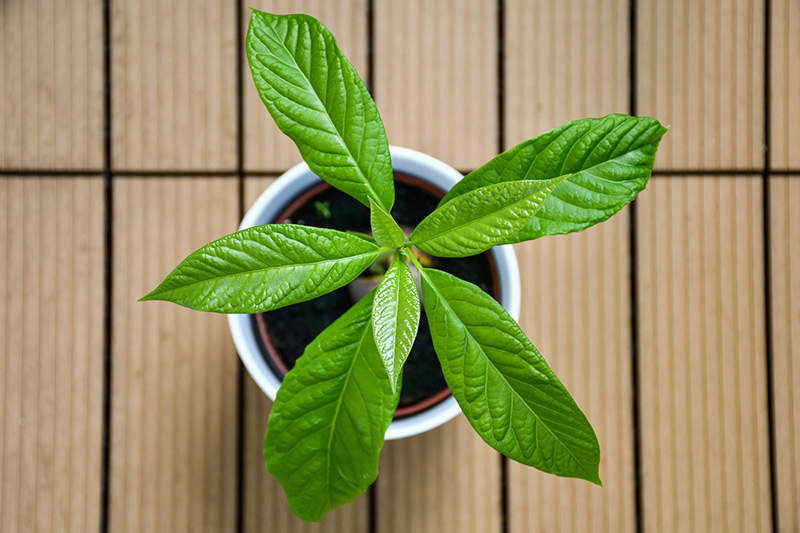
Proper pruning helps your avocado tree develop a strong structure and encourages bushier growth.
- Initial pruning: Once the tree reaches 12 inches, pinch off the top 2–3 inches to encourage side shoots.
- Annual pruning: Remove weak, crossing, or low branches. Prune during the dormant season (late winter).
- Shape maintenance: Encourage a single central leader for outdoor trees; for potted ones, prune to control height and width.
Be sure to use sterilized tools to avoid transmitting disease.
6. Pest and Disease Management
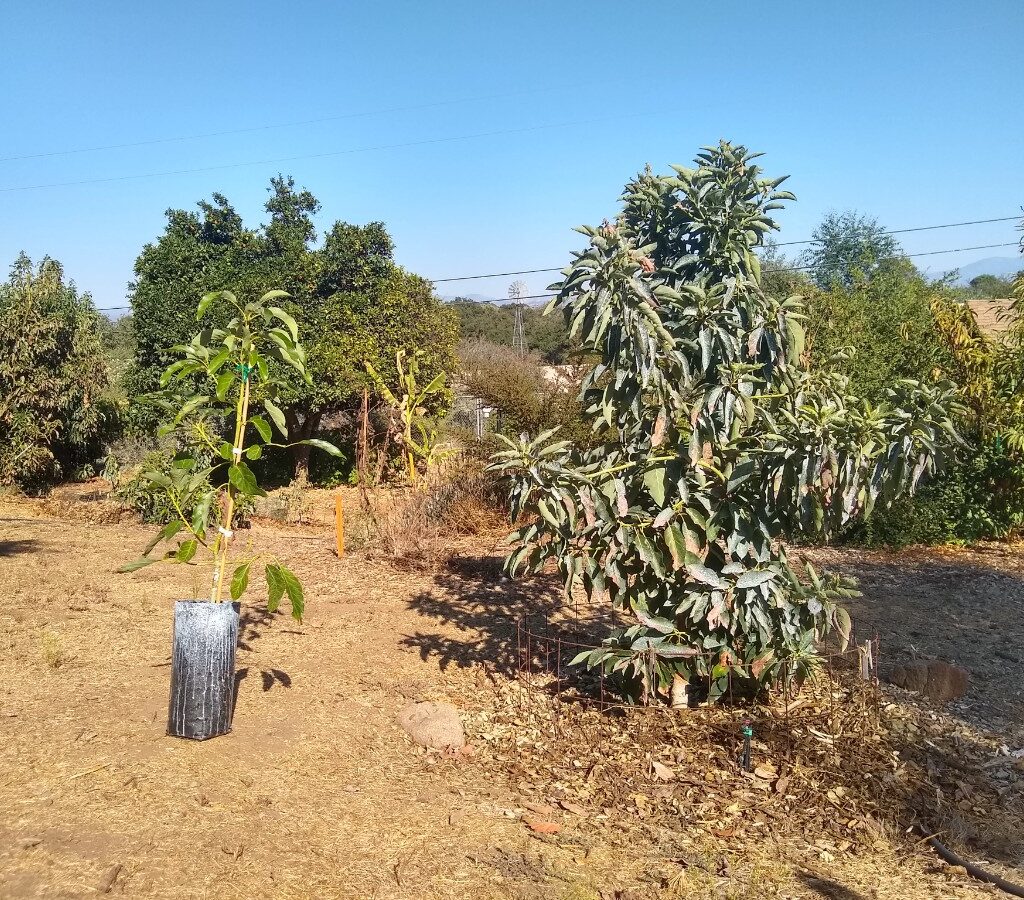
Young avocado trees can be vulnerable to pests and diseases if not properly managed. Common issues include:
Pests:
- Spider mites: Cause stippling and yellowing of leaves. Treat with neem oil.
- Aphids: Found on new growth; spray with insecticidal soap.
- Root weevils: Attack roots; use beneficial nematodes in soil.
Diseases:
- Root rot (Phytophthora): Prevent with well-draining soil and controlled watering.
- Anthracnose: Causes black spots on fruit and leaves. Use copper-based fungicides and remove infected parts.
Monitor your tree regularly, especially during the warm and rainy seasons when infestations are more common.
7. Mulching and Weed Control
Applying a 2-3 inch layer of organic mulch such as bark, straw, or wood chips around the base of your tree helps:
- Retain moisture
- Prevent weed competition
- Keep roots cool
Keep mulch 2–3 inches away from the trunk to prevent rot and fungal growth.
8. Staking and Support
Young avocado trees, particularly those grown from seed, may need support while their trunks strengthen.
- Use a stake and soft tie to secure the tree upright without constricting the stem.
- Remove the stake once the trunk is strong enough to support the canopy (usually after 6–12 months).
9. Transitioning from Pot to Ground (If Needed)
If you’ve started your avocado tree in a pot and want to transplant it outdoors:
- Wait until the seedling is 6–12 months old and about 2–3 feet tall.
- Transplant during spring, after the risk of frost has passed.
- Dig a hole twice as wide and just as deep as the root ball.
- Gently remove the tree from the pot, place it in the hole, and backfill with native soil mixed with compost.
Water thoroughly and mulch immediately after planting.
10. Protection from Elements
- Cold/Frost: Avocado trees are sensitive to frost. Use frost cloth, covers, or bring potted trees indoors during cold snaps.
- Sunburn: In very hot climates, the bark of young trees can burn. Protect with tree wrap or temporary shading.
Providing shade during the hottest part of the day can also reduce transplant stress.
11. Encouraging Fruit Production (Eventually)
Though fruiting may not occur for 3–5 years (or longer for trees grown from pits), good care early on sets the foundation.
- Pollination: Many avocado varieties are not self-pollinating. Consider planting two compatible types (Type A and B) to increase the chance of fruit.
- Patience: Avoid stressing your young tree—no fruit is better than poor-quality or prematurely ripened ones.
If your tree is healthy, well-fed, and gets enough sunlight, fruiting will eventually follow.
Final Thoughts
Caring for a young avocado tree is a satisfying blend of science, patience, and love. With consistent attention to sunlight, watering, soil, and pruning, your tree will develop into a healthy, robust plant—possibly yielding delicious fruit in the years to come.
Whether you’re cultivating it indoors as a beautiful green houseplant or growing it outdoors in your backyard, your efforts now will pay off in the long term. So roll up your sleeves and give your avocado sapling the care it deserves—it’s a gift that will keep on growing!




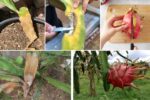

Leave A Comment